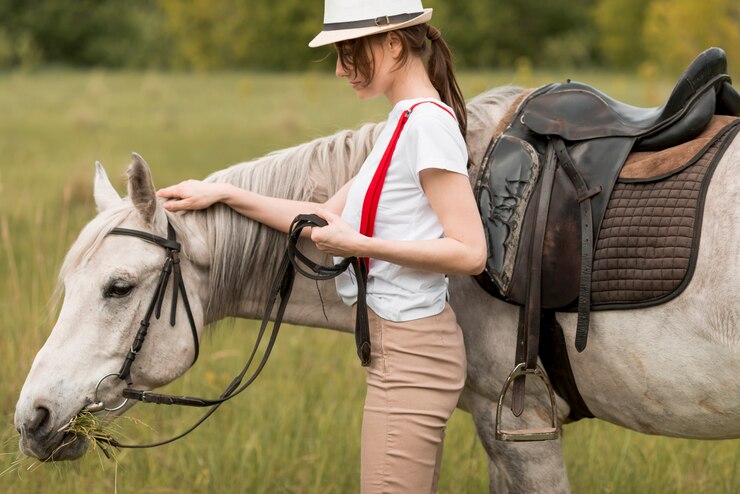Biosecurity is essential for maintaining the health and well-being of horses in stables, preventing the spread of infectious diseases.Read More
Understanding common diseases, implementing preventive measures, and seeking veterinary advice are crucial aspects of effective biosecurity protocols.
Common Diseases Found in Horse Stables
- Respiratory Infections: Diseases like Equine Influenza and Rhinopneumonitis (Equine Herpesvirus) are highly contagious respiratory infections that spread through close contact or airborne transmission.
- Gastrointestinal Disorders: Colic, caused by various factors including dietary changes or intestinal blockages, poses a significant health risk to horses in stables.
- Parasitic Infections: Internal parasites such as worms (e.g., Strongyles) and external parasites like ticks or mites can cause discomfort and health complications if not managed effectively.
- Hoof Problems: Conditions like Laminitis, caused by metabolic or dietary factors, affect hoof health and require careful management to prevent lameness and long-term damage.
Preventive Measures to Avoid Disease Outbreaks
- Quarantine and Isolation: Implement strict quarantine protocols for new arrivals to prevent the introduction of infectious diseases. Isolate sick horses to minimize contact with healthy ones until they recover.
- Vaccination Programs: Consult with veterinarians to establish a comprehensive vaccination schedule tailored to regional disease risks and individual horse health needs.
- Hygiene and Cleaning Practices:
- Disinfection: Regularly disinfect stables, equipment, and communal areas to eliminate pathogens. Use appropriate disinfectants effective against specific diseases.
- Hand Hygiene: Practice thorough hand washing and use of hand sanitizers to reduce the risk of transmitting infections between horses and humans.
- Nutritional Management: Provide horses with balanced diets and clean, uncontaminated water to support immune function and overall health.
- Environmental Management: Maintain clean and well-ventilated stables with proper drainage to reduce moisture, which can harbor bacteria and promote disease transmission.
Seeking Veterinary Advice for Keeping Horses Healthy
- Regular Health Checks: Schedule routine veterinary examinations, including dental checks and fecal egg counts, to monitor horse health and detect early signs of illness.
- Diagnostic Testing: Use diagnostic tests such as bloodwork or fecal exams to assess health status, identify pathogens, and guide treatment plans as needed.
- Emergency Preparedness: Develop an emergency response plan with veterinary input to address disease outbreaks or medical emergencies promptly and effectively.
- Education and Training: Stay informed about current disease trends, treatment protocols, and biosecurity best practices through veterinary guidance, professional associations, and continuing education.
Conclusion
Biosecurity protocols are fundamental for safeguarding horses in stables against infectious diseases, ensuring their health and welfare. By understanding common diseases, implementing preventive measures such as quarantine, vaccination, hygiene practices, and seeking veterinary advice for regular health monitoring and emergency preparedness, stables can create a resilient environment that minimizes disease risks.
Proactive management and collaboration with veterinary professionals are key to promoting a healthy and thriving equestrian community, maintaining the longevity and well-being of horses in every aspect of their care. Proactive management not only ensures the health and welfare of horses but also fosters a safe and sustainable environment for equestrian activities. Continued education and collaboration with veterinary professionals are key to adapting to evolving disease challenges and promoting the longevity and resilience of the equestrian community.





